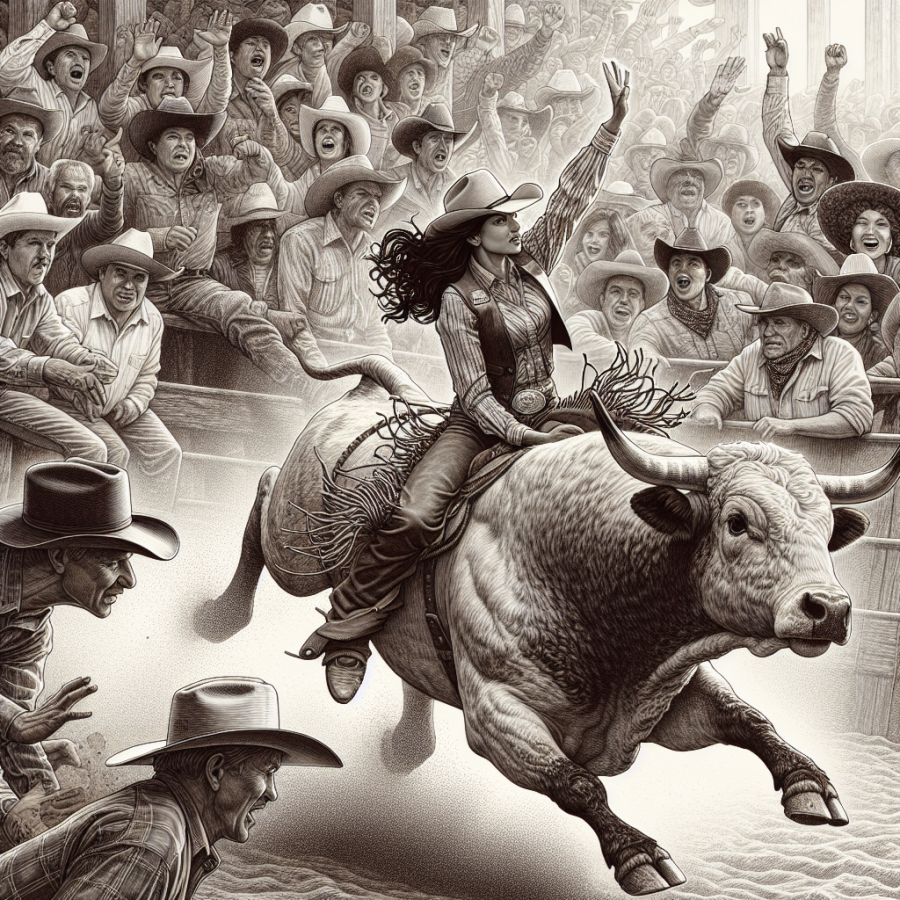Mastering the Rodeo: Strategies for Dominating Bull Riding
Becoming a master in the sport of bull riding demands more than just raw courage and grit. It requires a dedicated approach to strategy, technique, and mental toughness. While the thrills of conquering a powerful beast are undeniable, the perils involved make it imperative to have a reliable set of strategies to minimize risk and maximize performance.
First and foremost, it's essential to cultivate a thorough understanding of animal behavior. Successful bull riders spend countless hours studying the bulls, recognizing patterns in their movements, and learning to anticipate their actions. Every bull has its unique style of bucking, and knowing whether a bull prefers spinning to the left, right, or if it incorporates drops and rolls into its routine can give the rider a significant edge.
Preparation is pivotal before any ride. This begins with physical conditioning. Bull riders need exceptional core strength, balance, and reflexes, as well as the ability to withstand the forceful jerks and jolts of the ride. Full-body workouts, focusing on functional movements and exercises that mimic the bull riding experience, can enhance a rider's ability to maintain control during the most chaotic moments.
Furthermore, good riding techniques can't be overlooked. Grip is essential; many riders chalk up and use rosin for additional hold on the bull rope. Proper chute procedure is also important – a rider must position themselves in the center of the bull's back before the gate opens to avoid being thrown off balance as the bull lurches into the arena.
Mental preparation, often the make-or-break factor, must also be taken into account. Visualization techniques, where riders mentally rehearse successful rides, can help build confidence and focus. One must also practice managing fear; staying calm and composed ensures that reactions are precise rather than panicked.
Once in the arena, timing is everything. A rider must move synergistically with the bucking beast, anticipating its movements and remaining fluid rather than stiff. Staying loose while keeping a grip requires immense concentration but is key to lasting the full eight seconds. This is where the rider must exhibit both their symbiotic relationship with the bull and their independent resilience.
Riders must also develop an exit strategy for when the ride concludes or if they are thrown. Knowing how to dismount safely or fall to minimize injury is just as imperative as riding skills. Learning how to 'hit the ground rolling' can decrease the chance of being stepped on or gored by the bull.
Read also:
Saddle Up: The Thrills of Cowboy Action Shooting
The High Stakes of Bull Riding: Risks and Rewards in the Arena
The world of professional bull riding is one of stark contrasts: it combines the adrenaline-fueled glory of conquering a powerful, unpredictable animal with the sobering reality of physical peril. The stakes are elevated to the highest level every time a rider grips the bull rope and prepares to face the beast that lies beneath.
On one hand, the rewards in bull riding can be significant. They range from financial gains, with top riders earning substantial prize money, to the less tangible but no less significant cultural and social kudos. Success in the arena can catapult contestants to a celebrity status, as fans admire not just the skill but also the courage and tenacity required to excel in such a punishing sport.
Sponsorship deals and endorsements provide further financial incentives, with riders donning the logos of major brands, turning their athleticism and bravery into a lucrative enterprise. The exhilarating sense of triumph as a rider successfully dismounts from a bull after the requisite time has elapsed is incomparable. The glory is not just a personal achievement but also a public spectacle, shared with thousands in the stands and more at home through broadcasts.
The sense of community and camaraderie that bull riding fosters is another key reward. Riders often speak of the tight-knit relationships they form with fellow competitors, support staff, and fans. For many, this community becomes a second family, offering emotional and moral support through the tumultuous ups and downs of their careers.
However, these rewards are balanced by significant risks. Bull riding is regarded as one of the most dangerous sports in the world. The very nature of being on the back of a bucking bull, a creature that can weigh well over a ton and is equipped with sheer muscle force and horns, is undeniably perilous. Riders risk injuries that range from minor bruises and broken bones to life-altering spinal injuries and even death. Each event carries the unspoken question of not if, but when an injury will occur.
The physical toll of the sport extends beyond the immediate dangers of the ride. Chronic issues from repeated falls and injuries, such as concussions and joint problems, are common among bull riders. The long-term health consequences are a subject of increasing concern, with research delving further into the impacts of repeated head trauma and the early onset of degenerative conditions.
Mental resilience is another key aspect of the risks faced by riders. The fear of injury must be managed, and the pressure to perform at the highest level is relentless.




